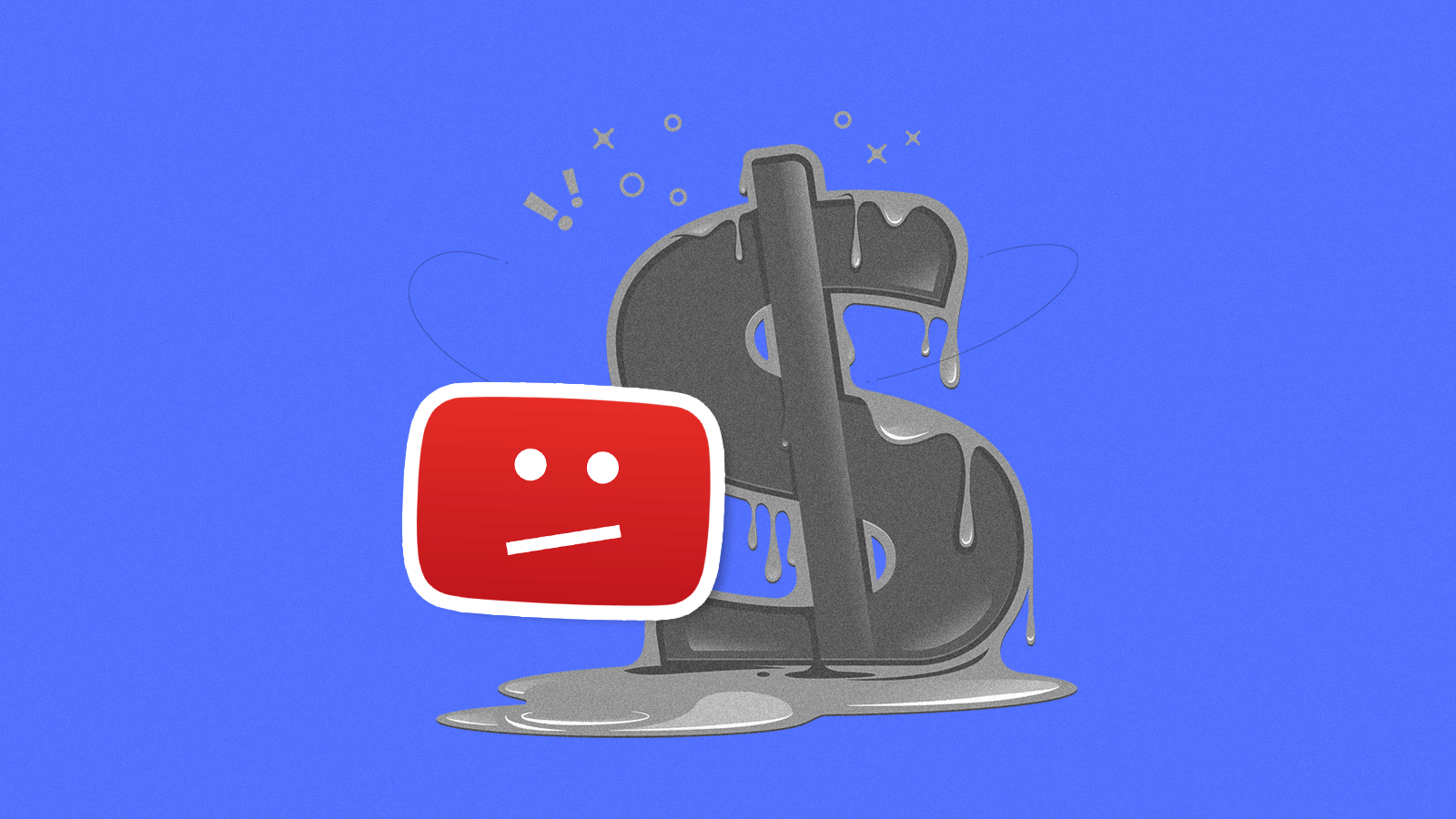
This website uses cookies to ensure you get the best experience.

While social media is overflowing with AI-generated content, YouTube is taking a firm stance. The platform recently clarified its monetization policies, a move that signals a conservative approach to artificial intelligence and a clear message to creators and brands alike: originality and authenticity still matter.
For years, YouTube has required creators to upload "original" and "authentic" content to be eligible for its Partner Program (YPP). The recent updates aren't a wholesale ban on AI tools, but rather a reinforcement of these existing rules, with a specific focus on what the platform calls "mass-produced" and "repetitive" content.
This policy is aimed directly at what many in the community are calling "AI slop"—low-effort videos created at scale with minimal or no human input.
The Focus is on Inauthentic Content: YouTube's policy targets content that is made with templates, shows little to no variation, and is clearly mass-produced for the sole purpose of getting views. A video that simply reads text from a website or presents image slideshows with minimal commentary is now a major risk for demonetization. The key question for YouTube's reviewers is: "Is there a meaningful difference between this video and the original material, or other videos on this channel?"
AI as a Tool, Not a Creator: The platform acknowledges that AI can be a powerful tool for creators. Using AI to generate backgrounds, create video ideas, or even assist with titles and thumbnails is generally acceptable. However, the final product must demonstrate significant human effort and originality. The moment AI becomes the primary creative force, you run the risk of falling afoul of the new guidelines.
New Disclosure Requirements: To maintain a healthy information ecosystem, YouTube now requires creators to disclose when they have created "altered or synthetic" content that is realistic. This is particularly important for content that simulates an identifiable individual's face or voice. Creators who consistently fail to disclose this information may face penalties, including content removal or suspension from the YPP.
The Human Touch is Key: Content that adds a unique storyline, a fresh perspective, or transformative commentary is what YouTube wants to reward. Reaction videos, for example, are still monetizable if the creator adds substantial edits, a clear narrative, and their own voice, rather than just silently playing a clip from another video.
Our stance on this is clear: while AI can be a valuable tool to support content production, we stand firmly with the creative content creators who put their heart, brains, and time into creating entertaining and inspiring videos. We are firmly against the rising tide of AI slop that devalues creativity and clutters the digital space.
YouTube's updated guidelines are a necessary step to protect both viewers and creators. By targeting low-quality, mass-produced content, the platform is reinforcing the value of human creativity and helping to ensure that the content that thrives is both authentic and original.
This is a battle for the soul of the creator economy, and YouTube's move is a powerful signal that genuine, human-made content will continue to be the gold standard.